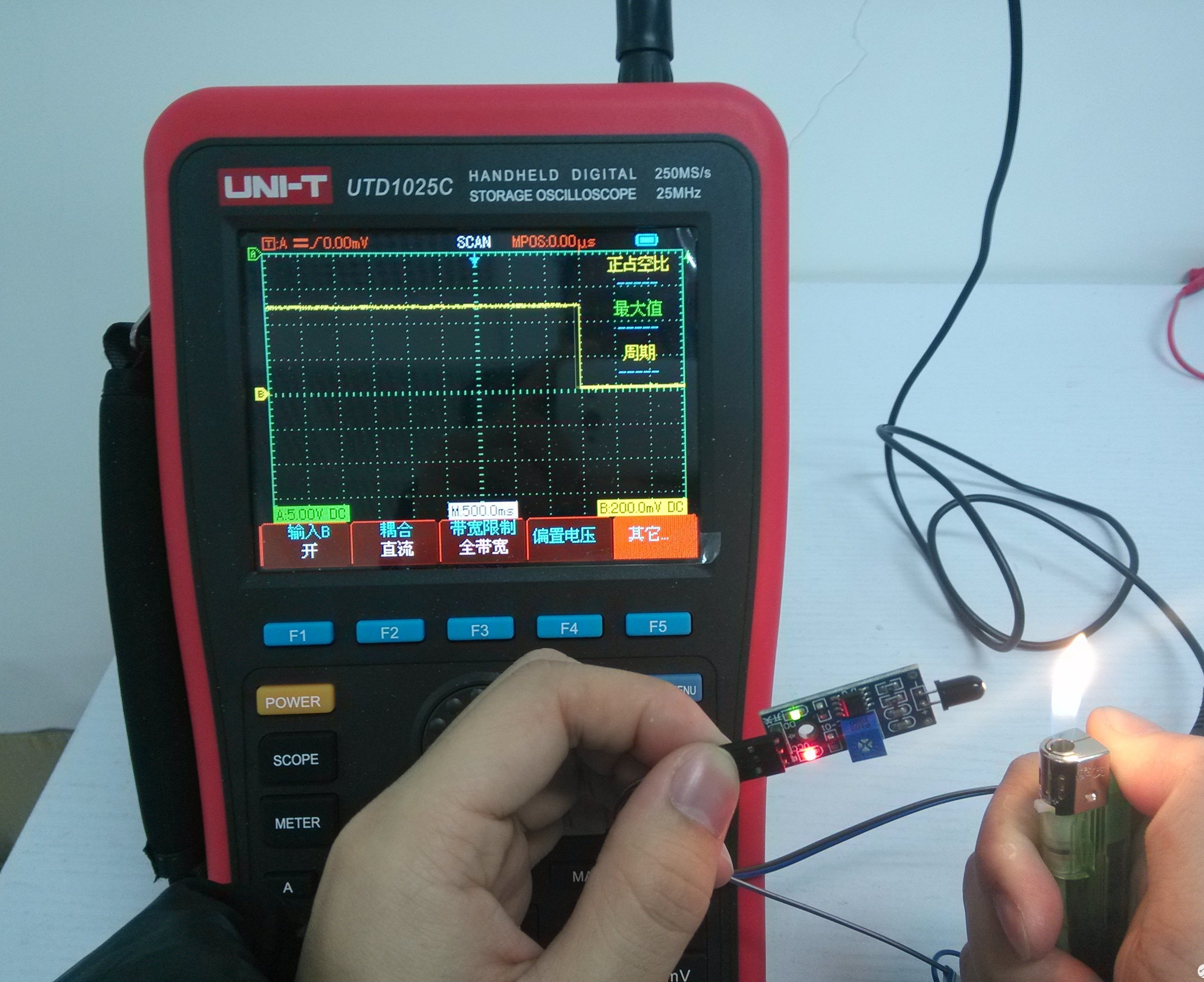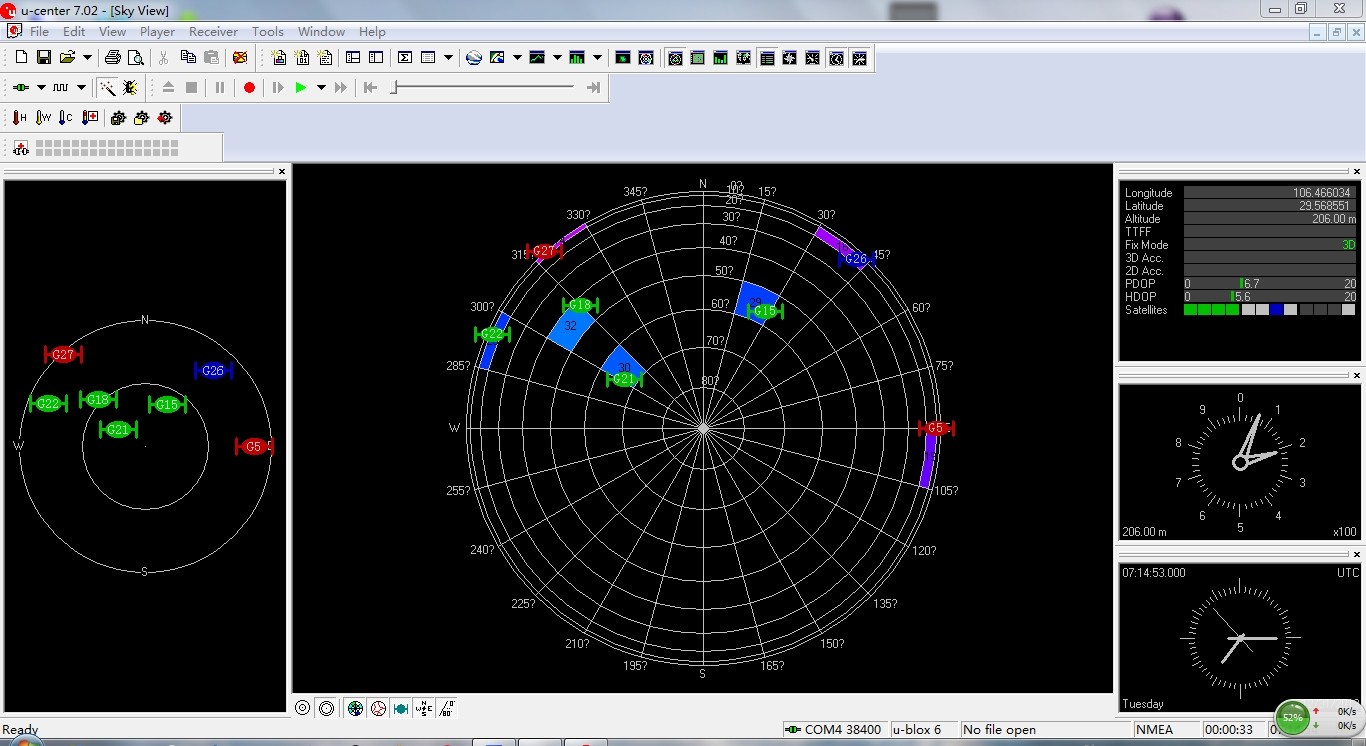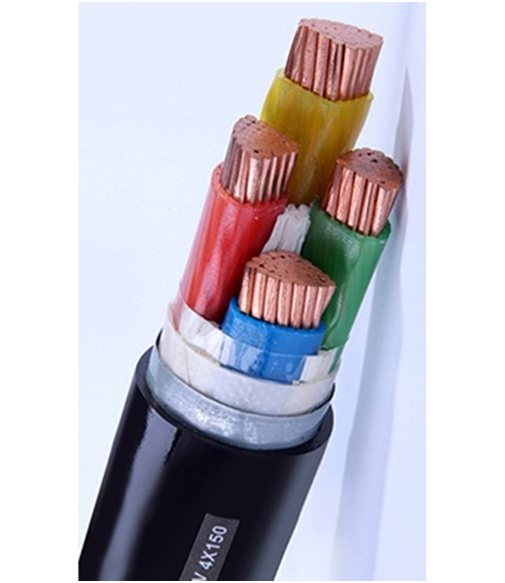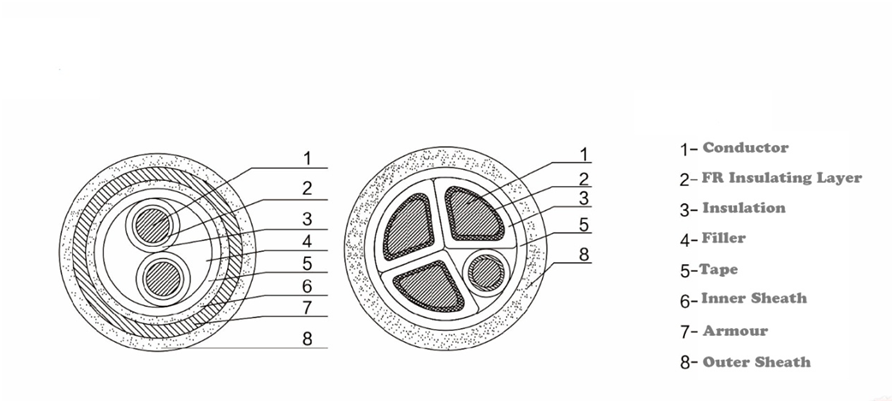I. Project design background and overview
At present, the aging of the population has become a prominent social problem in the world today. According to the World Health Organization, more than 60 of the more than 190 countries and regions around the world have entered the ageing society. The greatest threat to the health of the elderly - the number of deaths from cardiovascular disease, accounting for one-third of the global death toll. Various cardiovascular diseases will have corresponding signs before the onset of the disease, and these symptoms can be found by observing the physiological parameters of the patients. Therefore, designing a medical instrument that can monitor the main physiological parameters and have an alarm function will prevent And provide a new means of treating various sudden illnesses. At present, physiological parameter monitoring equipment is mostly used in hospital intensive care units, nursing homes, etc., and can perform real-time, continuous and long-term monitoring of important physiological parameters of patients or the elderly, and some monitoring devices also have certain local alarm functions. However, it is slightly lacking in the remote wireless alarm function, and does not support the SMS alarm function. The monitoring system has an accurate monitoring function and a mobile phone GPRS alarm function, which can be used in daily households to meet the needs of the elderly for such instruments.
Second, the project design principle
1, principle overview
The system uses external flame sensors, acceleration sensors, and heartbeat sensors to obtain data about whether there is a fire source around the elderly, whether it is wrestling, whether the heartbeat is normal, etc. Once the system detects an abnormality in the external sensor, it will use an external GPS, GSM/GPRS module. Send the elderly's location information and heartbeat data to their loved ones using the GSM/GPRS module. Allow children to get information about the elderly in a timely manner.
The traditional old-age care system can only monitor the living conditions of the elderly at home and cannot obtain information when the elderly are outside. The system integrates a GPS module, so that in the event of an accident, the person can determine its location in time and use the GSM/GPRS module to send a message to inform them. Family members. And the traditional old-age monitoring system can only detect whether a piece of data is normal, such as heartbeat, and cannot obtain multiple detection data. The system we designed can realize the fusion of multi-sensor networking and multi-data, that is, the flame sensor, the acceleration sensor, The data measured by the heartbeat sensor and the positional information obtained by the GPS are fused and transmitted together. The design is light and compact, and the production cost is low and the function is perfect. It can fully satisfy the wishes of the children who are "children who want to raise and are not in love".
2, an overview of the hardware principle
A. Core controller: This project adopts a high-speed and high-efficiency 8051-compatible single-chip microcomputer developed by Shenlianhua independently developed model SC89F5162. At the same oscillation frequency, it has faster running performance and superior performance compared to the traditional 8051 chip. The SC89F5162 retains most of the features of the standard 8051 chip, including built-in 256-byte RAM and two 16-bit timer/counters, a UART and external interrupts, INT0 and INT1. In addition, the SC89F5162 also integrates an external 1024-byte RAM, which is compatible with the 16-bit timer/counter (TImer2) of the 8052 chip. The microcontroller also includes 62K bytes of Flash memory suitable for programs and data. The SC89F5162 integrates not only standard communication modules such as EUART and SPI, but also integrated ADCs with built-in comparison functions, PWM timers, and analog comparators (CMP). In order to achieve high reliability and low power consumption, built-in watchdog timer, low voltage reset function, low voltage detection function and oscillator failure detection function. Two low-power power-saving modes are also available.
B. Acceleration sensor measures the fall principle: The human body acceleration can be regarded as a three-dimensional vector, which is represented by three axes of a Cartesian coordinate system, wherein the X axis represents the front and rear direction, Y represents the left and right direction, and Z represents the vertical direction. Here we first introduce the concept of the acceleration signal vector mode SVM (Magnitude of Signal Vector), equation (1):
 (1)
(1)
When it falls, before the touch of the ground, due to the weight loss of the body, its SVM appears as a valley in the time domain; in the whole process of touching the ground, due to the impact of the ground, the acceleration of the human body must undergo a sharp change. Its SVM appears as a peak in the time domain. The fall time signal reflects the obvious SVM in the time domain and has a significant impact at the fall, as shown in the following figure. For this case, the occurrence of a fall can be well detected by the threshold judgment of the time domain.

C. Flame sensor principle: It consists of high-temperature solid particles mainly composed of various combustion products, intermediates, high-temperature gases, hydrocarbons and inorganic substances. The thermal radiation of the flame has a discrete spectrum of gas radiation and a continuous spectrum of solid radiation. The flame radiation intensity and wavelength distribution of different combustion products are different, but in general, the near-infrared wavelength range and the ultraviolet light field corresponding to the flame temperature have a large radiation intensity, and according to this characteristic, a flame sensor can be fabricated.
This topic uses the flame sensor module. This module has been embedded in the LM393 comparator. The module can directly output the level signal (5V or 0V), which is convenient for the module to be directly connected to the IO port of the MCU. The figure below shows the output waveform displayed with the oscilloscope.

D, GPS module: Global Positioning System GPS (Global PosiTIoning System) is a new generation of satellite navigation system in the United States, which can provide users with a global, all-weather, continuous satellite radio navigation system, which can provide real-time 3D position, 3D speed and High precision time information. The GPS receiver converts its position and time information by receiving navigation information broadcast by any satellite in its line of sight.
This topic uses a high-performance GPS positioning module model ATK-NEO-6M-V12. The module uses U-BLOX NEO-6M module, the module comes with high-performance passive ceramic antenna, and comes with a rechargeable backup battery (to support warm start or hot start, the backup battery can maintain half after the main power is cut off About 100 hours of GPS reception data is saved). The figure below shows the communication between this module and the U-center software for location information.

E. Pulse sensor: The external pulse sensor utilizes the sensitivity of the specific wavelength of infrared light to the blood volume change caused by the blood microcirculation at the end of the blood vessel, and detects the signal of the change of the blood volume of the fingertip due to the beating of the heart. After signal amplification, conditioning and other circuit processing. The output response is a complete pulse wave voltage signal that changes the volume of the blood. The infrared pulse sensor is mainly used for clinical measurement, monitoring and pathological analysis of pulse wave.
F, GSM/GPRS communication module: This topic uses SIMCom to launch the new compact product SIM900A. It belongs to dual-band GSM/GPRS module, completely adopts SMT package form, SIM900A is only suitable for the Chinese market, its performance is stable, the appearance is exquisite, cost-effective Can meet a variety of design needs. The SIM900A uses an industry-standard interface that operates at GSM/GPRS 850/900/1800/1900MHz and delivers voice, SMS, data and fax information at low power. In addition, the SIM900A measures 24x24x3mm and is especially suitable for compact product designs.
3, software design principles
The software design of this subject is divided into two parts. First, the single-chip computer program design: The development environment of the single-chip driver based on the subsystem function is Keil4, and the development language uses C language. The driver of the microcontroller uses the SC89F5162's S input/output (I/O) quasi-bidirectional mode, enhanced universal asynchronous transceiver (EUART), and analog-to-digital converter (ADC).
Enhanced Universal Asynchronous Receiver Transmitter (EUART) Design Principle: EUART first converts received parallel data into serial data for transmission. The message frame begins with a low start bit followed by 5~8 data bits, an available parity bit and one or more high stop bits. When the receiver finds the start bit it knows that the data is ready to be sent and tries to synchronize with the transmitter clock frequency. If parity is selected, the UART adds a parity bit after the data bit. The parity bit can be used to help with error checking. During reception, the UART removes the start and end bits from the message frame, performs parity on the incoming bytes, and converts the data bytes from serial to parallel. The UART also generates additional signals to indicate the status of the transmission and reception. For example, if a parity error is generated, the UART sets the parity flag. This principle is reasonable to configure the relevant registers and setting parameters of the EUART.
Analog-to-Digital Converter (ADC) Software Design Principle: The SC89F5162 includes a single-ended, 10-bit successive approximation analog-to-digital converter (ADC). The ADC's built-in reference voltage, VREF, is directly connected to VDD. The user can also select the VREF port to input the reference voltage. The 8 ADC channels can input analog signals independently, but only one channel can be used per conversion. The GO/DONE signal control starts the conversion, indicating that the conversion is over. When the conversion is complete, update the ADC data register. At the same time, set the ADCIF bit in the ADCON register and generate an interrupt (if the ADC interrupt is enabled). The ADC module's integrated digital compare function compares the value and digital value of the analog input in the ADC. If the digital compare function is enabled (EC bit in the ADCON register is set) and the ADC module is enabled (the ADON bit in the ADCON register is set), only if the digital value of the corresponding analog input is greater than or equal to the compare value in the register ( ADC interrupt is generated only when ADDH/L). When GO/DONE is set to 1, the digital compare function will continue to work until GO/DONE is cleared. This is different from how analog to digital conversion works. The ADC module with digital compare function can operate in Idle mode and the ADC interrupt can wake up Idle mode. However, in Power-Down mode, the ADC module is disabled. This principle is reasonable to configure the relevant registers and setting parameters of the ADC.
Copper Core Fire Resistant Cable(FR cable) is copper core electrical cables with PVC or XLPE insulation. This cable is suitable for those places with fire resistance requirement. With fire resisting insulator, this cable can ensure to keep normal electrical power on within a certain time if the fire happens. Especially suitable for electric power distribution in fire emergency system such as fire alarm, fire-fighting facility, urgent evacuation.
Product Features
l Light weight & long lifetime
l Reliable and efficient
l Safe and secure
l Easy to implement in the circuits
Using features:
l Rated power-frequency voltage Uo/U: 0.6/1kV
l Max. permissible continuous operating temperature of conductor:
PVC Type: 70℃,
XLPE Type: 90℃
l Max. temperature of conductor during short-circuit(5s maximum duration) shall not exceed:
PVC Type:160℃
XLPE Type:250℃
l The ambient temperature under installation should not below 0℃.



Application
l Steel mills and wind power mills
l EOT Cranes& Ships
l Airport lighting
l Nuclear and thermal power stations
l Electrical and textile machines
l Construction equipments
FAQ
Q: Are you a factory or trading company?
A : We are a manufacturer. We are professional in
developing and producing electrical wires and cables since 2001.
Q: Can I visit your factory?
A :Yes! You are welcome to visit our factory for further detail check.
Our factory is located in Minqing,Fujian.You could choose to fly to Xiamen/Fuzhou International airport. And tell us your flight No. We will arrange to pick you up if you like.
Q: May I buy samples from you?
A: Yes! You are welcome to place sample order to test our superior quality and services.
Q: Can you put my brand name (logo) on these products?
A: Yes! Our factory accepts to print your logo on the products.
Q: May I know the status of my order?
A: Yes .The order information and photos at different production stage of your order will be sent to you and the information will be updated in time.
We are professional manufacturer of electrical fire retardant cables, our products are produced according to IEC testing standard. Welcome to visit our factory.
Copper Core Fire Resistant Power Cable
Copper Core Fire Resistant Power Cable,Fireproof Electrical Cables,Multicore Fire Resistant Electrical Cabels,Fire Resistant Power Cables
Smartell Technology Co.,Ltd , http://www.liencable.com